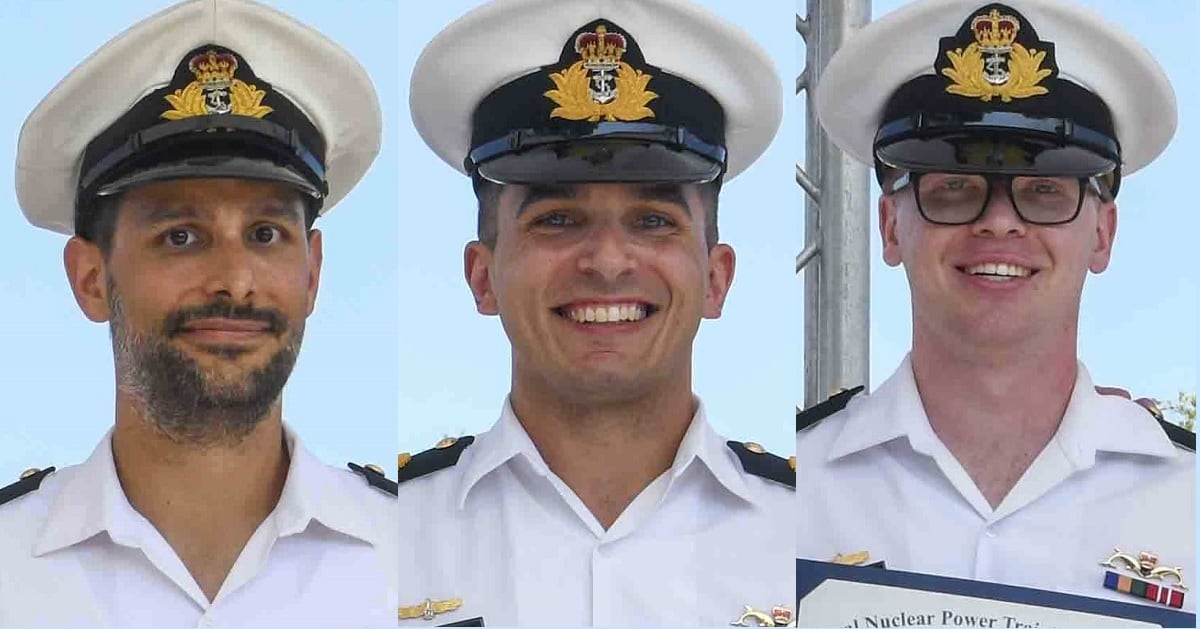The first cadre of Royal Australian Navy officers to go through the U.S. Navy’s nuclear power pipeline hit another milestone last week when they graduated from the Navy’s Nuclear Power Training Unit, or NPTU.
The Jan. 12 graduation is the latest step in Australia’s plans to eventually operate its own conventionally armed, nuclear-powered attack submarine fleet under the auspices of the trilateral AUKUS agreement, which involves the United States, Australia and the United Kingdom.
Australian navy officers Lt. Cmdr. James Heydon, Lt. Cmdr. Adam Klyne and Lt. William Hall began the training unit education after graduating from the Navy’s Nuclear Power School in July.
“I was really looking forward to putting the concepts and theories that we learned at power school into operation at the prototype training,” Klyne said in a Navy release. “Operating a nuclear reactor was thrilling, humbling, and allowed us get that hands-on experience we need to safely operate the Royal Australian Navy’s future SSNs.”
NPTU trains sailors and civilians on how to operate and maintain the nuclear fleet.
Heydon, Klyne and Hall are now headed to the Navy’s submarine officer basic course in Groton, Connecticut, where they will receive the same undersea training as their American brethren, according to the sea service.
RELATED

After that, they will report to a Virginia-class sub to continue qualifications and training.
Announced in 2021, the AUKUS agreement seeks to build a nuclear-capable American ally in the West Pacific theater.
Already, U.S. submarine visits to the HMAS Stirling base in western Australia have been increasing, and officials have said they eventually hope to stand up a sub maintenance base there.
The countries plan to have American and British boats begin extended rotations through Australia as soon as 2027, building out the Australians’ knowledge on how to fix and maintain subs.
“With congressional approval, the United States intends to sell three Virginia Class SSNs to Australia starting in the early 2030s with the potential to sell up to two additional hulls if needed,” the Navy said in its release. “These efforts will maintain Australia’s submarine capabilities as it builds its fleet of SSN-AUKUS, a UK designed nuclear-powered attack submarine that will incorporate technologies from the three partner nations and built in both the UK and Australia.”
Under the plan, Australia would be sporting its first Australian-built nuclear submarine by the early 2040s.
Geoff is the managing editor of Military Times, but he still loves writing stories. He covered Iraq and Afghanistan extensively and was a reporter at the Chicago Tribune. He welcomes any and all kinds of tips at geoffz@militarytimes.com.



